Home>Garden Essentials>How To Plant Basil Seed
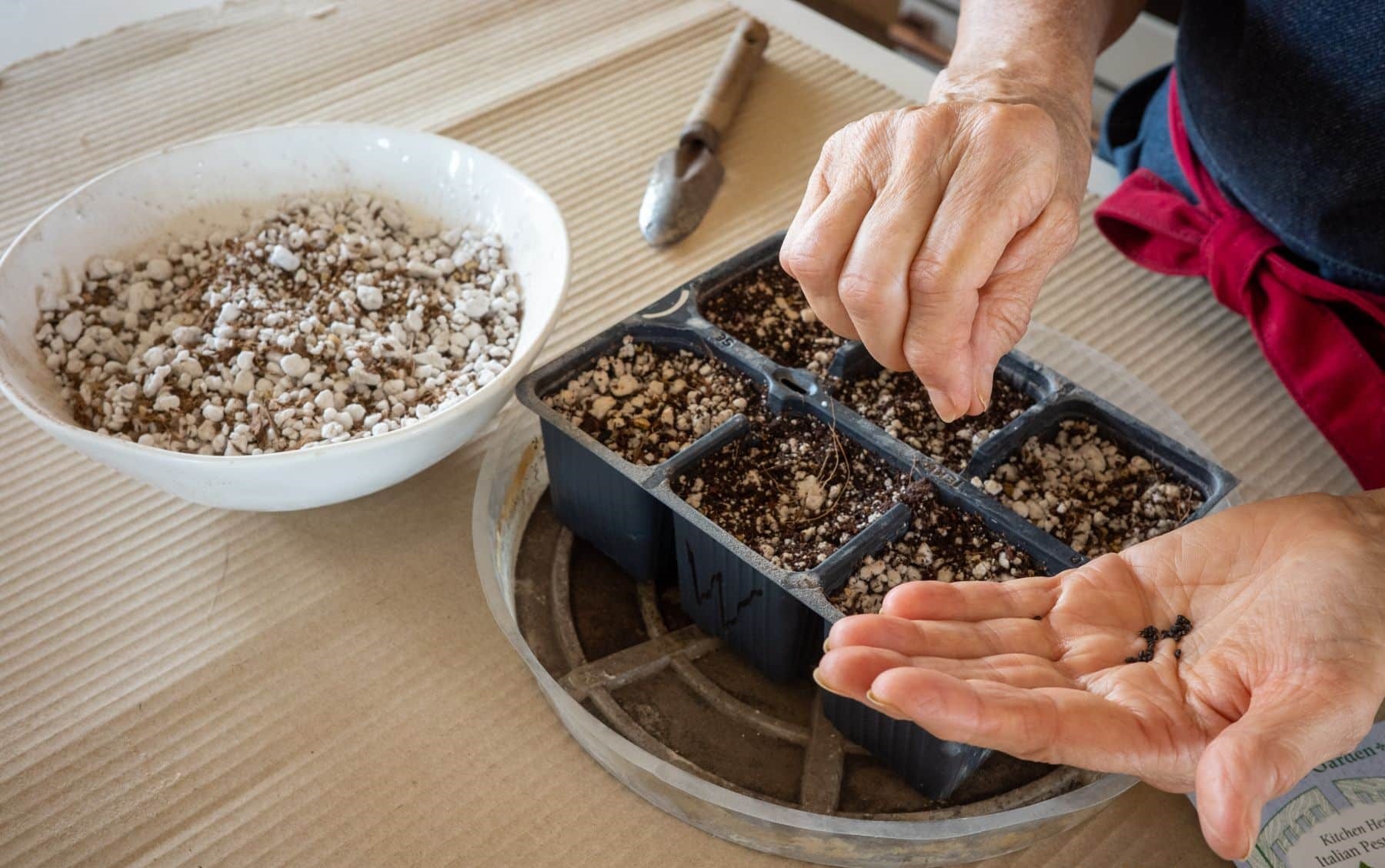

Garden Essentials
How To Plant Basil Seed
Modified: March 15, 2024
Learn how to plant basil seeds in your garden and enjoy fresh herbs all season long. Our step-by-step guide will help you cultivate a thriving basil plant.
(Many of the links in this article redirect to a specific reviewed product. Your purchase of these products through affiliate links helps to generate commission for Storables.com, at no extra cost. Learn more)
Introduction
Imagine stepping into your garden and being immediately greeted by the intoxicating aroma of fresh basil. This versatile herb not only adds flavor to your favorite dishes but also provides a lush and vibrant addition to any garden. If you have ever wanted to grow basil from seeds, you have come to the right place. In this article, we will guide you through the step-by-step process of planting basil seeds and nurturing them into thriving plants.
Before we dive into the specifics of planting basil seeds, it is essential to understand the various benefits of growing your own basil. Not only does it allow you to enjoy the freshest and most flavorful leaves, but it also gives you control over the growing conditions and ensures that no harmful chemicals or pesticides are present on your herbs.
Additionally, cultivating your own basil plants can be a rewarding and therapeutic experience. Gardening has been shown to reduce stress, promote mental well-being, and provide a sense of accomplishment and connection with nature.
Whether you are a seasoned gardener or a beginner, planting basil seeds is a straightforward process that requires minimal equipment and time. With a little patience and care, you can soon be harvesting your own fragrant and tasty basil leaves to elevate your culinary creations.
In the following sections, we will walk you through the necessary steps to ensure successful germination and growth of basil seeds. From choosing the right seeds to transplanting seedlings and eventually harvesting the flavorful leaves, we will provide you with the knowledge and guidance needed to succeed in your basil growing endeavor. So, let’s get started and learn how to plant basil seeds!
Key Takeaways:
- Grow your own basil from seeds to enjoy fresh, flavorful leaves for your dishes. It’s a rewarding and therapeutic experience that promotes well-being and a deeper connection with nature.
- Choose the right basil seeds, prepare the soil, and provide proper care for your basil seedlings. Enjoy the process of watching them grow into vibrant plants that will enhance your meals and bring beauty to your garden.
Read more: How To Plant Basil From Seeds
Choosing the Right Basil Seeds
When it comes to selecting basil seeds for planting, you have a variety of options to choose from. There are numerous basil cultivars available, each with its own unique characteristics and flavors. Here are a few factors to consider when choosing the right basil seeds for your garden:
1. Variety: Basil comes in many different varieties, such as Genovese basil, Thai basil, Lemon basil, and Purple basil. Each variety has its own distinct flavor profile and culinary uses. Consider your personal preferences and the type of dishes you plan to make when selecting the variety of basil seeds.
2. Growing conditions: Take into account the climate and growing conditions in your area when choosing basil seeds. Some varieties are more suited for warm and sunny climates, while others can thrive in cooler temperatures. Consider whether you plan to grow basil indoors or outdoors, as this can also influence the choice of seeds.
3. Seed quality: It is important to choose high-quality basil seeds to ensure good germination rates and healthy plant growth. Look for seeds from reputable suppliers or nurseries that offer certified organic or non-GMO options.
4. Seed viability: Check the seed packet or supplier information for the seed’s viability. Ideally, choose basil seeds that have a high viability rate, indicating that they are fresh and have a greater chance of successful germination.
5. Seed quantity: Consider how many basil plants you want to grow and how much space you have available in your garden. Basil seeds are usually sold in packets that indicate the number of seeds contained within. Plan accordingly to ensure you have enough seeds for your desired basil harvest.
Once you have chosen the ideal basil seeds for your garden, you are one step closer to enjoying the bounty of fresh and aromatic basil. Remember to store any leftover seeds in a cool, dry place to maintain their viability for future plantings.
Preparing the Soil
The success of growing basil seeds lies not only in choosing the right seeds but also in preparing the soil properly. Basil thrives in well-draining soil that is rich in organic matter. Follow these steps to ensure your soil is ready for planting:
- Choose the right location: Basil plants require a minimum of 6-8 hours of sunlight daily. Select a location in your garden that receives ample sunlight throughout the day.
- Clear the area: Remove any weeds or debris from the designated planting area. Weeds can compete with the basil plants for nutrients and water, hindering their growth.
- Loosen the soil: Use a garden fork or a tiller to loosen the soil to a depth of about 10-12 inches. This will improve drainage and allow the roots to penetrate the soil easily.
- Amend the soil: Add organic matter such as compost, well-rotted manure, or aged leaf mold to enrich the soil. Mix it thoroughly with the existing soil to improve its fertility and structure.
- Test the soil: Consider conducting a soil test to determine the pH level and nutrient composition of your soil. Basil prefers a slightly acidic soil with a pH range of 6.0 to 7.5. Based on the test results, you can make any necessary adjustments by adding soil amendments.
- Ensure proper drainage: Basil plants dislike sitting in waterlogged soil, as it can lead to root rot and other diseases. If your soil is heavy and prone to poor drainage, consider incorporating organic matter or creating raised beds to enhance drainage.
By taking the time to prepare your soil adequately, you provide a fertile and favorable environment for your basil plants to thrive. The nutrient-rich soil will support healthy growth and promote robust flavors in your basil leaves. Remember to periodically replenish the soil with compost or organic matter to maintain its fertility over time.
Sowing the Basil Seeds
Now that you have prepared the soil, it’s time to sow the basil seeds. Follow these steps to ensure successful germination:
- Timing: Basil is a warm-season herb that thrives in temperatures between 70-90°F (21-32°C). Sow the seeds outdoors after the last frost date in your area or start them indoors 6-8 weeks before the last frost to give them a head start.
- Spacing: Space the basil seeds 6-12 inches apart, allowing enough room for the plants to grow and receive adequate airflow. If planting multiple rows, leave 12-18 inches between each row.
- Planting depth: Sow the basil seeds about ¼ to ½ inch deep in the soil. Lightly cover the seeds with a thin layer of soil or vermiculite.
- Watering: After planting, gently water the soil to provide moisture for germination. Avoid overwatering, as it can cause the seeds to rot. Maintain a slightly moist environment throughout the germination process.
- Labeling: To keep track of your different basil varieties, consider labeling each row or container with the seed variety and sowing date.
- Germination: Basil seeds typically germinate within 5-10 days, depending on the temperature and conditions. Keep the soil consistently moist and provide indirect sunlight or grow lights for optimal germination.
As the basil seedlings emerge and grow, thin them out if they are too close together. Remove the weaker seedlings, leaving the strongest and healthiest ones to grow into robust plants. Thinning ensures that each plant has enough space to flourish and prevents overcrowding.
Remember to water the basil seedlings regularly, ensuring that the soil stays evenly moist but not waterlogged. As the plants grow, they will require more water, especially during hot and dry periods. Aim to water at the base of the plant, avoiding wetting the leaves to prevent disease.
Sowing basil seeds is an exciting step in the gardening process, as you eagerly anticipate the emergence of the vibrant green seedlings. With proper care and attention, your basil seedlings will soon transform into bountiful basil plants, ready for transplanting and eventual harvest.
Providing Proper Watering and Sunlight
Watering and sunlight are two crucial factors in the successful growth of basil plants. Providing the right amount of each is essential for the health and productivity of your basil. Here’s what you need to know:
- Watering: Basil requires consistent moisture, but it’s important not to overwater or underwater the plants. Water the basil plants regularly, keeping the soil evenly moist but not waterlogged. Aim to water deeply once or twice a week, allowing the top inch of soil to dry between watering sessions. Adjust the frequency of watering based on the weather conditions and the moisture needs of the plants.
- Sunlight: Basil is a sun-loving herb and thrives in full sun. Ensure that your basil plants receive a minimum of 6-8 hours of direct sunlight each day. Place them in a location where they can enjoy ample sunshine, such as a south-facing or west-facing garden spot. If you’re growing basil indoors, place it near a window that receives abundant sunlight or use grow lights to supplement the light requirements.
- Protecting from intense heat: While basil loves sunlight, it can suffer from heat stress during extremely hot temperatures. If you live in a region with scorching summers, provide some shade during the hottest part of the day to prevent damage to the plants. Consider using shade cloth or providing natural shade from taller plants or structures.
- Proper drainage: Basil plants don’t tolerate soggy or waterlogged soil. Ensure that the soil has adequate drainage to prevent water from pooling around the roots. If your soil tends to retain excess moisture, consider adding organic matter or creating raised beds to improve drainage.
Monitoring the moisture levels of the soil is crucial to avoid underwatering or overwatering your basil plants. The foliage of basil plants can wilt temporarily during hot afternoons, but it should recover by the evening. If the leaves appear consistently droopy even with adequate watering, it may indicate overwatering or another issue that needs to be addressed.
By providing proper watering and ensuring your basil plants receive ample sunlight, you are setting them up for healthy growth and abundant foliage. With your care and attention, the basil plants will flourish, providing you with an abundance of aromatic and flavorful leaves for culinary delight.
Plant basil seeds in well-draining soil in a sunny spot. Sow seeds 1/4 inch deep and keep soil moist. Once seedlings have 2 sets of leaves, thin to 6 inches apart. Harvest leaves regularly to encourage growth.
Read more: How To Get Basil Seeds From Plant
Caring for Basil Seedlings
Once your basil seedlings have emerged, they require proper care and attention to ensure their healthy growth and development. Here are some important tips for caring for basil seedlings:
- Thinning: If the basil seedlings are too close together, it’s important to thin them out. Remove the weaker and smaller seedlings, leaving the strongest and healthiest ones to grow without competition for resources.
- Weed control: Keep the area around the basil seedlings free from weeds and other competing plants. Weeds can steal nutrients, sunlight, and water from the basil plants, hindering their growth. Regularly inspect the area and remove any weeds by hand or use organic mulch to suppress the growth of weeds.
- Fertilizing: Basil plants benefit from occasional feeding to promote healthy growth and enhance their flavor. Apply a balanced organic fertilizer or compost around the base of the seedlings, following the manufacturer’s instructions. Be careful not to over-fertilize, as excessive nitrogen can result in lush foliage but reduced flavor.
- Pest control: Keep a close eye on your basil seedlings for any signs of pests, such as aphids, slugs, or caterpillars. If you notice any pest infestations, take immediate action to prevent damage to the plants. Use organic pest control methods, such as insecticidal soap, neem oil, or companion planting with pest-repelling plants.
- Pruning: Regularly pinch or trim the tips of the basil seedlings to encourage bushier, more compact growth. This will also help prevent the plants from becoming too leggy. Pinching off the top leaves will promote branching and stimulate the growth of lateral shoots.
- Air circulation: Ensure that the basil seedlings have adequate airflow around them. Good air circulation helps prevent diseases, such as fungal infections, and promotes healthier growth. Avoid overcrowding the seedlings and consider pruning neighboring plants if they are blocking airflow.
Monitor the basil seedlings regularly for any signs of distress or nutrient deficiencies. Yellowing leaves, stunted growth, or wilting can indicate issues that need to be addressed. Adjust watering, provide more sunlight, or adjust fertilization as necessary.
Providing proper care and attention to your basil seedlings will help them establish a strong foundation for healthy growth. As they mature into robust plants, you can look forward to an abundant harvest of delicious basil leaves to enhance your culinary creations.
Transplanting Basil Seedlings
As your basil seedlings grow and develop, they will eventually outgrow their containers or the space where they were initially planted. Transplanting the seedlings into their permanent location is an essential step to ensure their continued growth and productivity. Here’s how to transplant basil seedlings:
- Timing: Transplant basil seedlings when they are 4-6 weeks old and have developed a strong root system. This is usually when they have 4-6 sets of true leaves.
- Choose the right location: Select a sunny spot in your garden with well-draining soil for transplanting the basil seedlings. Ensure that the soil has been prepared and amended as necessary to provide optimal growing conditions.
- Prepare the soil: Dig a hole in the transplanting area that is slightly larger than the root ball of the seedling. Gently loosen the soil around the hole to promote root penetration.
- Water the seedlings: Before transplanting, water the seedlings thoroughly to ensure that they are well hydrated and easier to remove from their containers. This will also help reduce transplant shock.
- Remove the seedling: Gently loosen the seedling’s root ball from its container or cell tray. Be careful not to damage the delicate roots. If the roots are tightly bound, you can gently tease them apart to encourage outward growth.
- Place the seedling in the hole: Position the basil seedling in the hole, making sure that the plant is at the same depth as it was in its original container. Backfill the hole with soil, gently pressing it down around the seedling to eliminate air pockets.
- Water the transplanted seedlings: After transplanting, water the basil seedlings thoroughly to help settle the soil around the roots. This will also provide moisture for the plants as they adjust to their new environment.
- Mulch and protect: Apply a layer of organic mulch, such as straw or wood chips, around the base of the transplanted seedlings. Mulching helps conserve soil moisture, suppresses weed growth, and moderates soil temperature. Consider protecting the seedlings from extreme weather conditions and pests, if needed.
Keep an eye on the transplanted basil seedlings in the first few days, ensuring that they are adjusting well to their new location. Continue to provide regular watering, sunlight, and care as they establish themselves in their new home.
Transplant shock is normal for seedlings, and they may initially show some wilting or drooping. However, with proper care, they will recover and continue to grow into healthy basil plants that will reward you with abundant harvests of aromatic leaves.
Harvesting Basil
Harvesting basil is an exciting and rewarding process, as it allows you to enjoy the flavorful leaves in your culinary creations. Here’s how to harvest basil for the freshest and most abundant harvest:
- Timing: Start harvesting basil when the plants have reached a height of about 6-8 inches and have developed a bushy growth. This is typically 8-12 weeks after planting the seedlings, depending on the variety and growing conditions.
- Choose the right time of day: Harvest basil in the morning, after the dew has dried but before the heat of the day. At this time, the essential oils responsible for the herb’s flavor and aroma are at their peak.
- Pinch or snip: For continued growth and productivity, pinch or snip off individual leaves or the top sets of leaves, just above a leaf node or pair of leaves. This will encourage branching and bushier growth. Avoid cutting too much from a single stem, as it can harm the plant’s overall health.
- Harvesting the entire plant: If you need a large quantity of basil leaves at once, you can harvest the whole plant by cutting it back to about 2-3 inches above the soil level. This is called a “cut and come again” method. In a few weeks, new growth will emerge, giving you another round of harvest.
- Regular harvesting: Continue harvesting basil regularly throughout the growing season to maintain the plant’s vitality and productivity. Regular harvests prevent the plant from flowering and going to seed, which can diminish its flavor and quality.
When harvesting basil leaves, handle them gently to avoid bruising or damaging the foliage. Rinse the harvested leaves with cool water and pat them dry before using or storing them.
Storing fresh basil can be done in several ways:
- Refrigeration: To extend the shelf life of fresh basil leaves, place them in a plastic bag or airtight container and store them in the refrigerator. Use them within a few days for the best flavor.
- Freezing: Another option is to freeze fresh basil leaves. Wash and dry them thoroughly, then place them in a single layer on a baking sheet and freeze until firm. Transfer the frozen leaves to airtight containers or freezer bags and store them in the freezer for up to six months.
- Drying: Basil leaves can also be dried for long-term storage. Hang the stems upside down in a cool, well-ventilated area away from direct sunlight until the leaves are dry and brittle. Remove the leaves from the stems and store them in an airtight container. Dried basil can be used in cooking, but its flavor may be less pronounced compared to fresh leaves.
By harvesting basil regularly and using proper storage methods, you can enjoy the delightful taste and aroma of basil even after the growing season has ended. So gather your freshly harvested basil leaves, and let them elevate your culinary creations.
Conclusion
Congratulations! You have learned all the essential steps to successfully plant and grow basil from seeds. By following these guidelines, you can enjoy the pleasure of cultivating your own fresh and aromatic basil plants right in your garden. From selecting the right seeds and preparing the soil to sowing, watering, and caring for the seedlings, you have gained valuable knowledge on how to nurture your basil plants to their full potential.
Growing basil from seeds offers numerous benefits. Not only do you have access to the freshest, most flavorful leaves to enhance your favorite dishes, but you also have control over the growing conditions, ensuring that your basil is free from harmful chemicals or pesticides. Beyond the culinary advantages, gardening itself promotes stress reduction, mental well-being, and a deeper connection with nature.
Remember to choose the right basil seeds based on variety, growing conditions, and seed quality. Prepare the soil by clearing the area, loosening the soil, and adding organic matter to create a fertile environment for the seedlings. Sow the seeds at the proper depth, provide adequate watering and sunlight, and care for the seedlings by thinning, weeding, fertilizing, and protecting them from pests.
When the time comes, confidently transplant the seedlings into their permanent location, ensuring they have ample space to grow and thrive. As the basil plants mature, harvest the leaves regularly, taking care to pinch or snip them to encourage bushier growth. Properly store the harvested leaves in the refrigerator, freezer, or by drying them for future use.
Growing basil from seeds is a fulfilling and rewarding experience, offering you the joy of a thriving herb garden and an abundant supply of culinary inspiration. So, put your newfound knowledge to work, get your hands in the soil, and enjoy the process of watching basil seeds transform into vibrant plants that will enhance your meals and bring beauty to your garden.
Happy gardening and bon appétit!
Frequently Asked Questions about How To Plant Basil Seed
Was this page helpful?
At Storables.com, we guarantee accurate and reliable information. Our content, validated by Expert Board Contributors, is crafted following stringent Editorial Policies. We're committed to providing you with well-researched, expert-backed insights for all your informational needs.
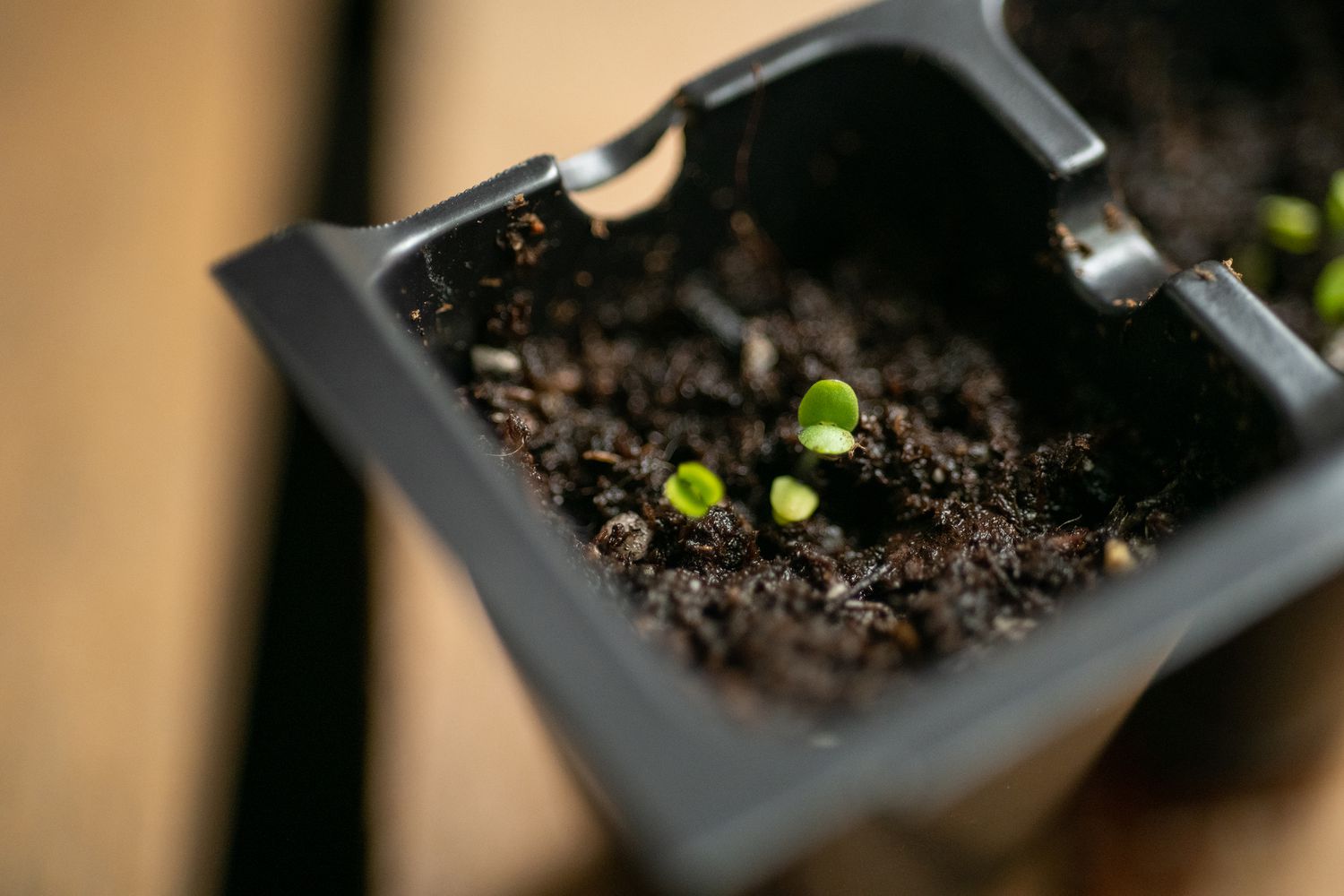
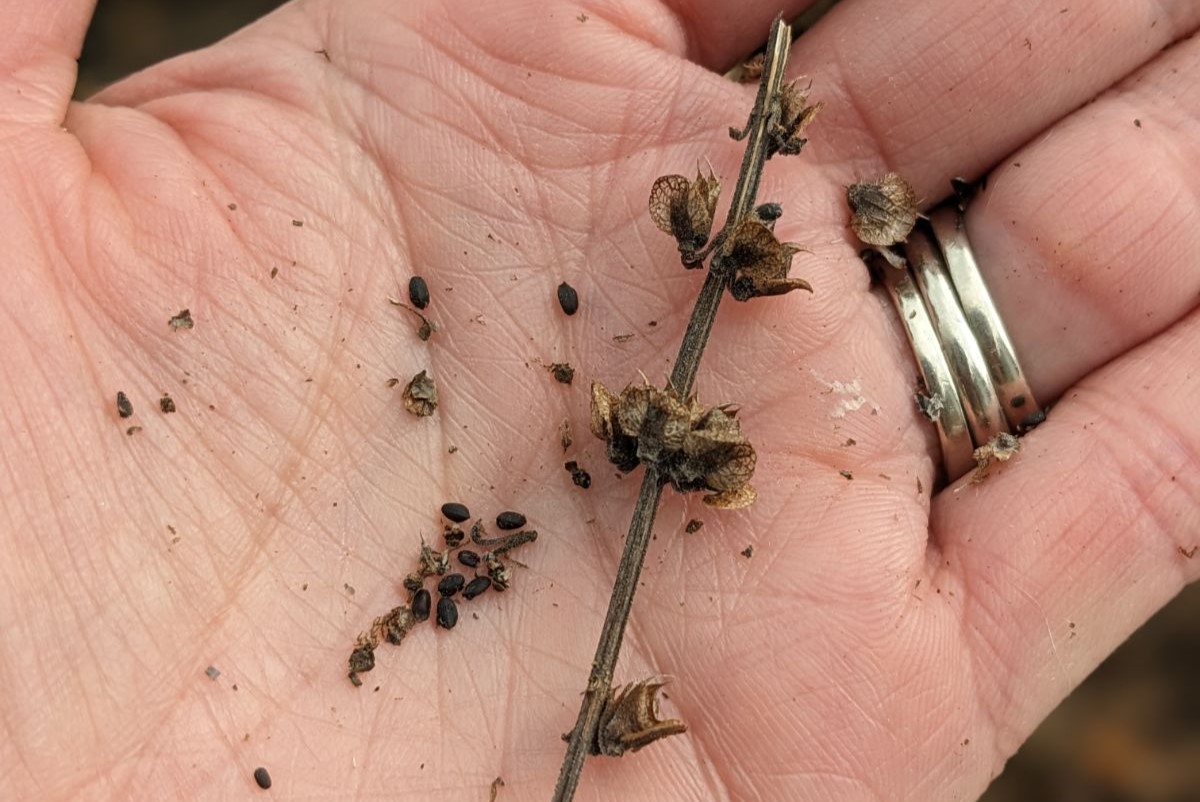
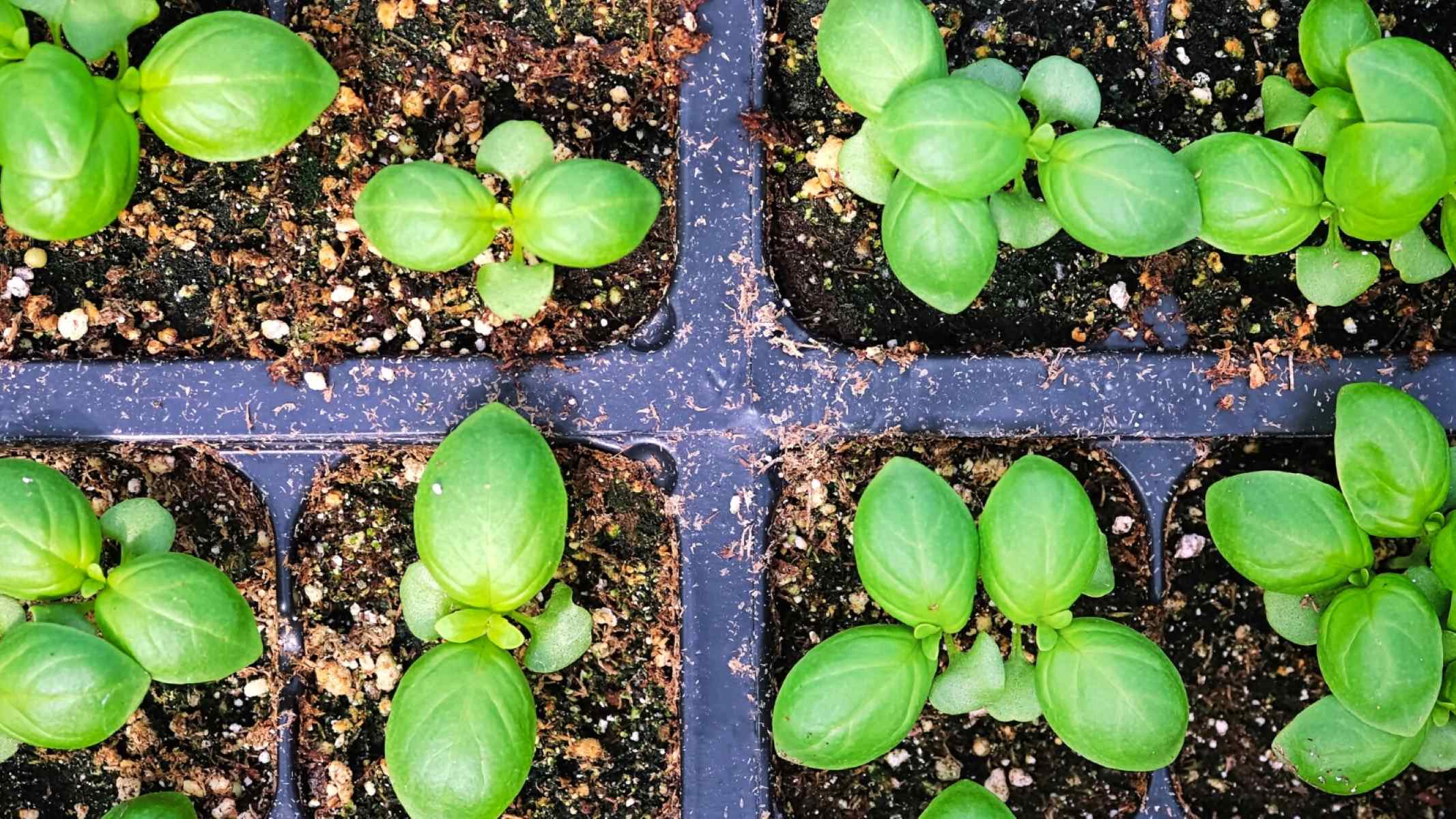
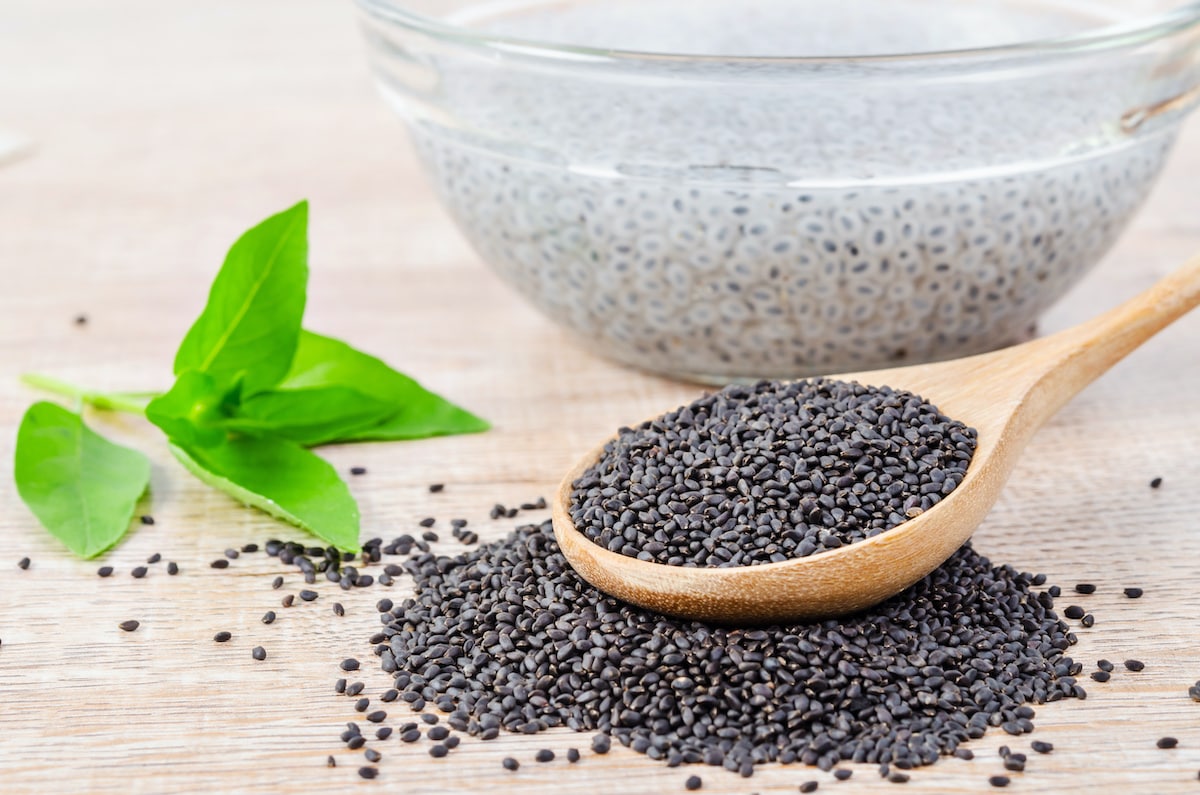
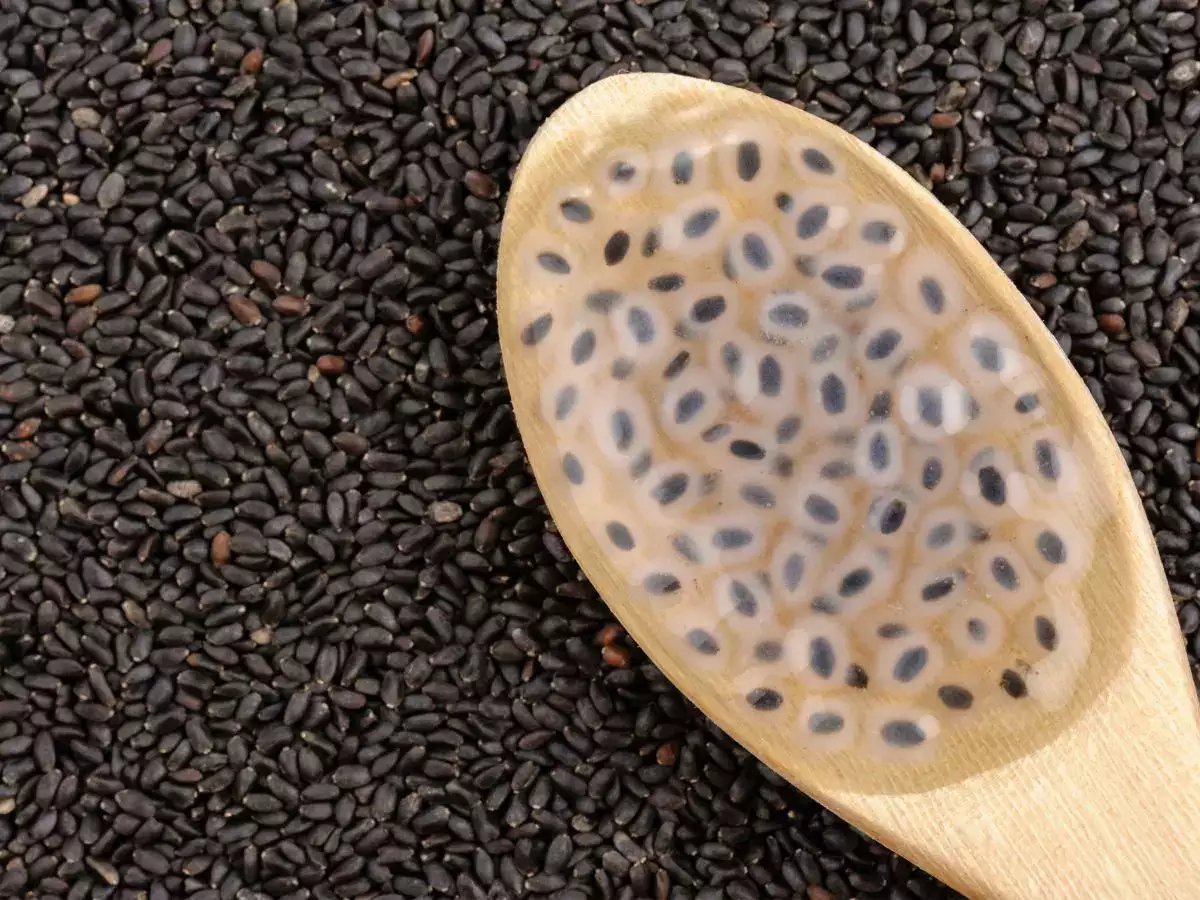
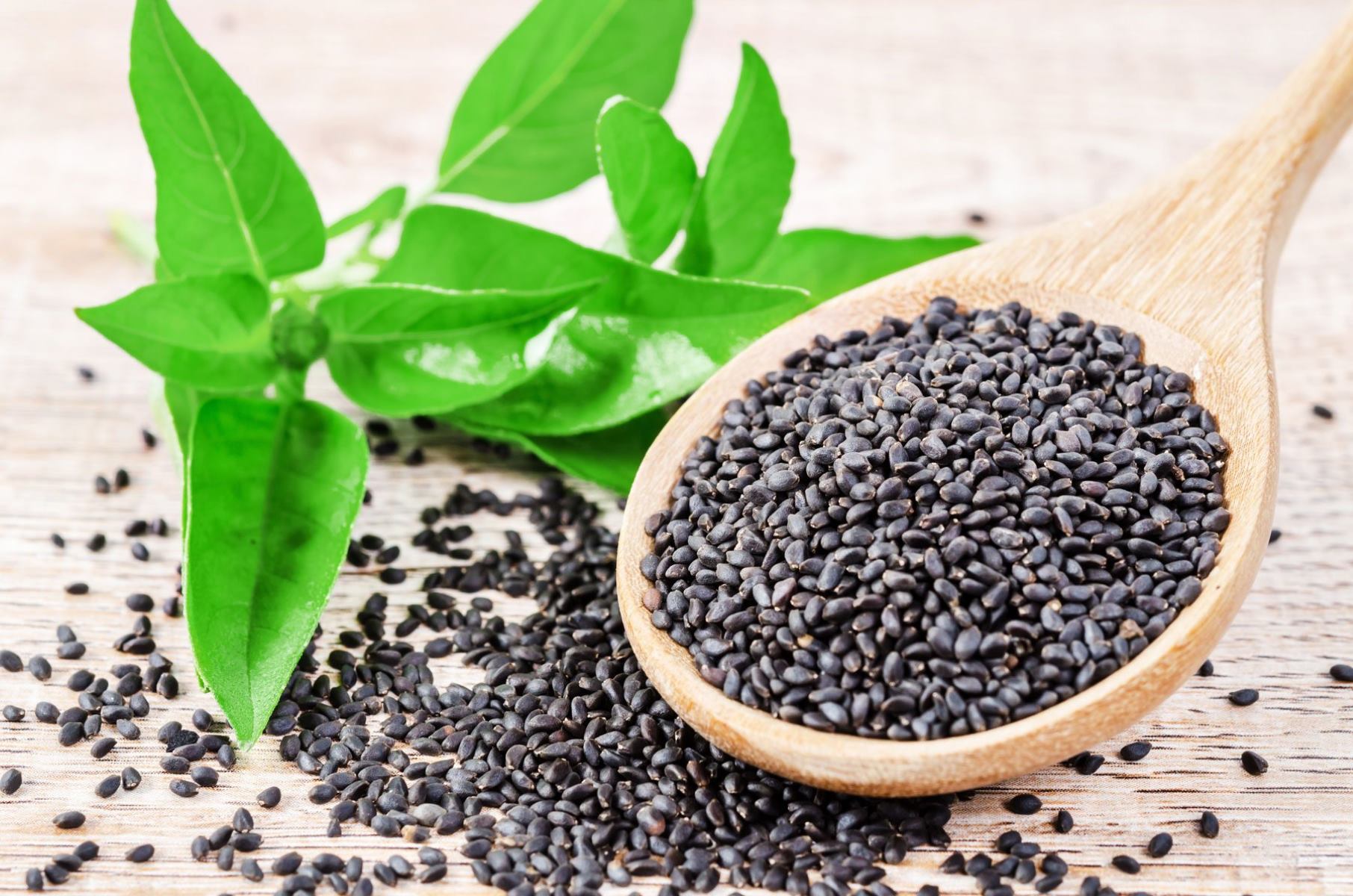
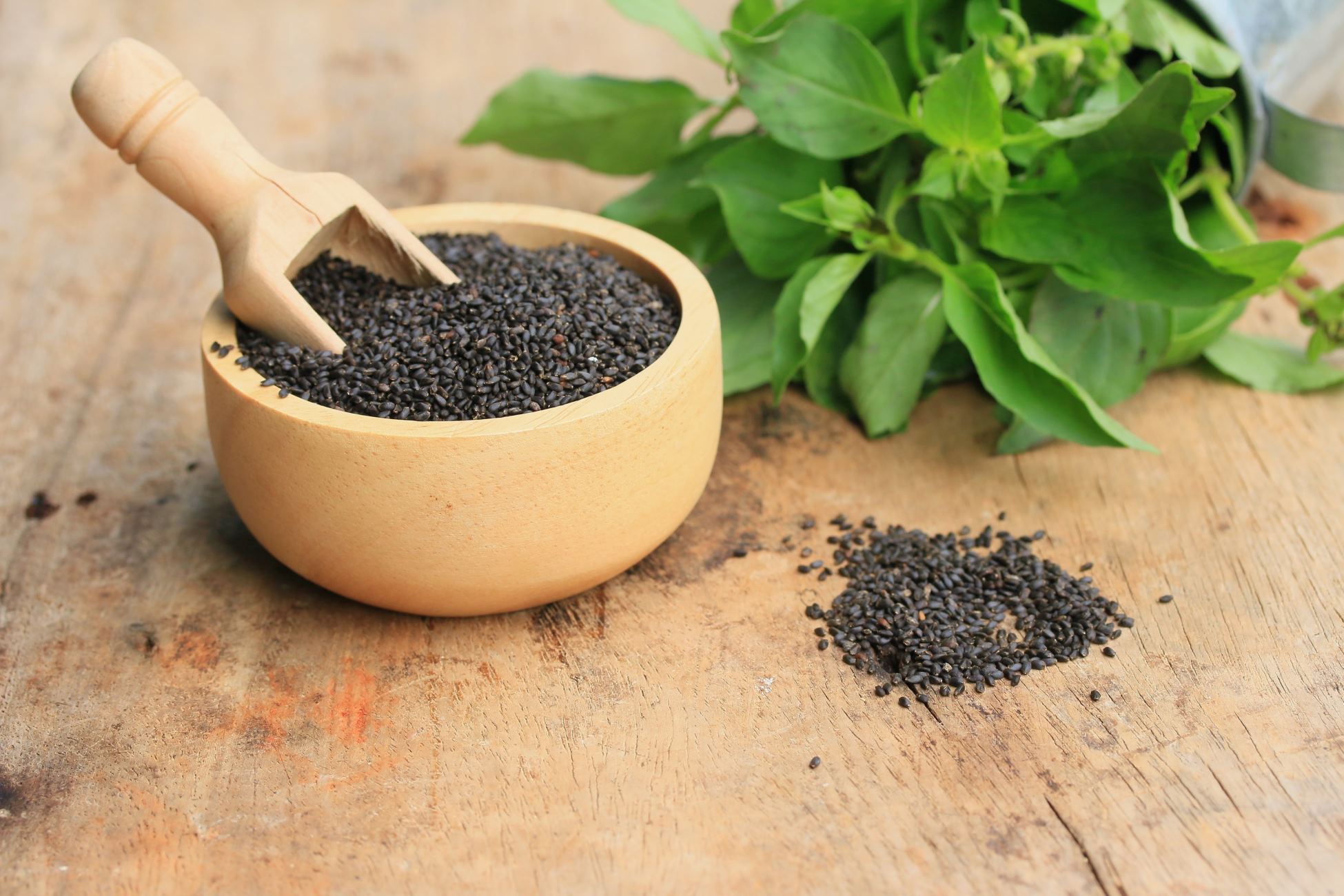
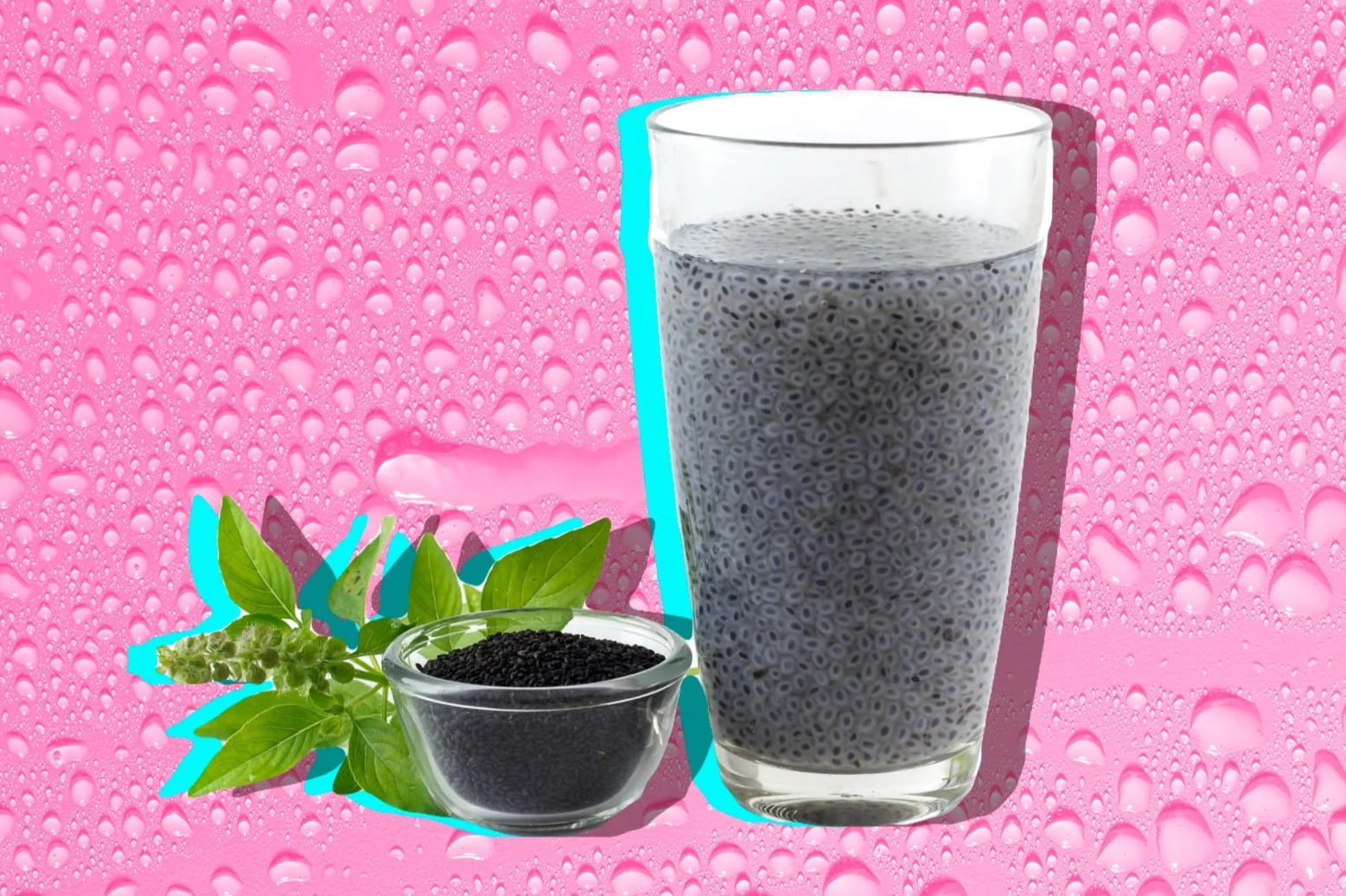
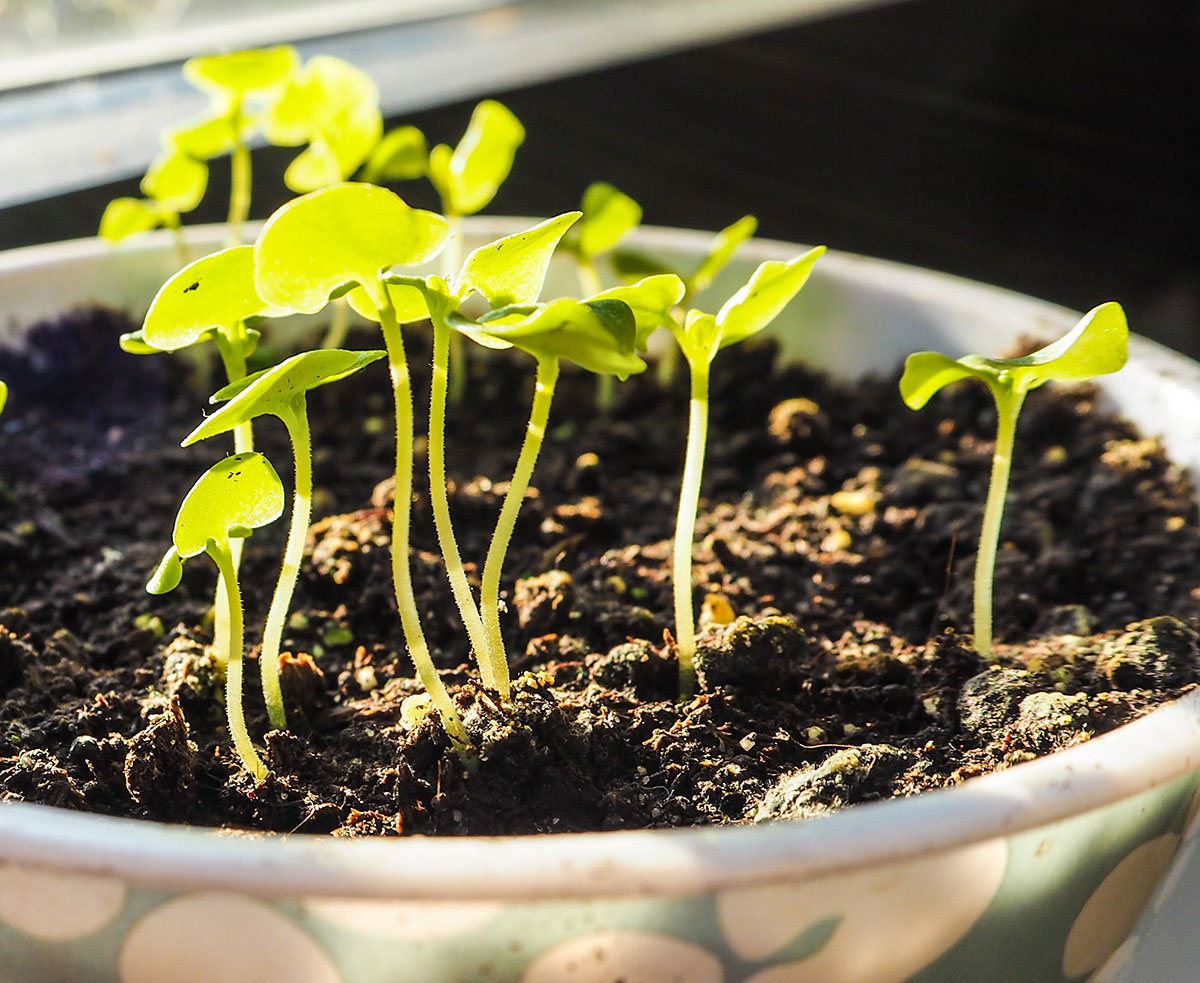
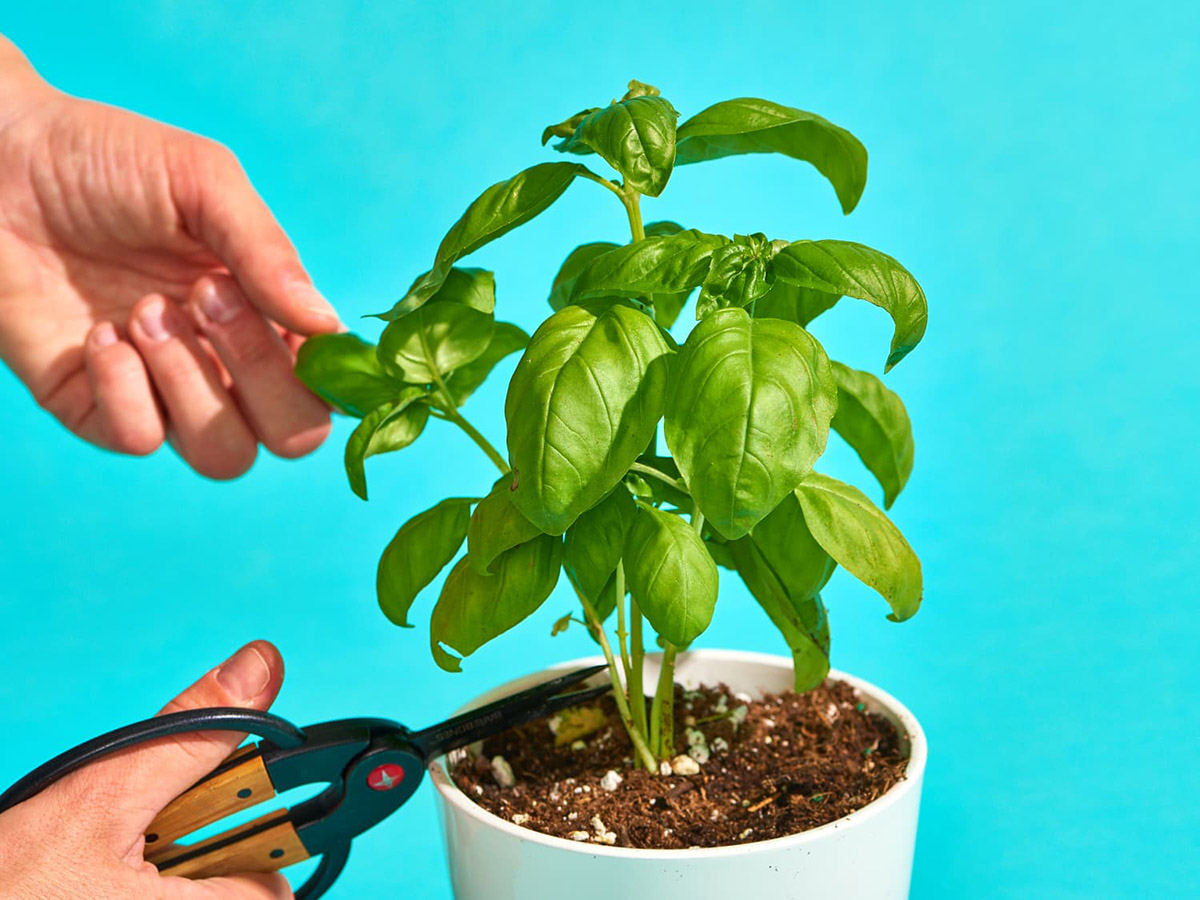
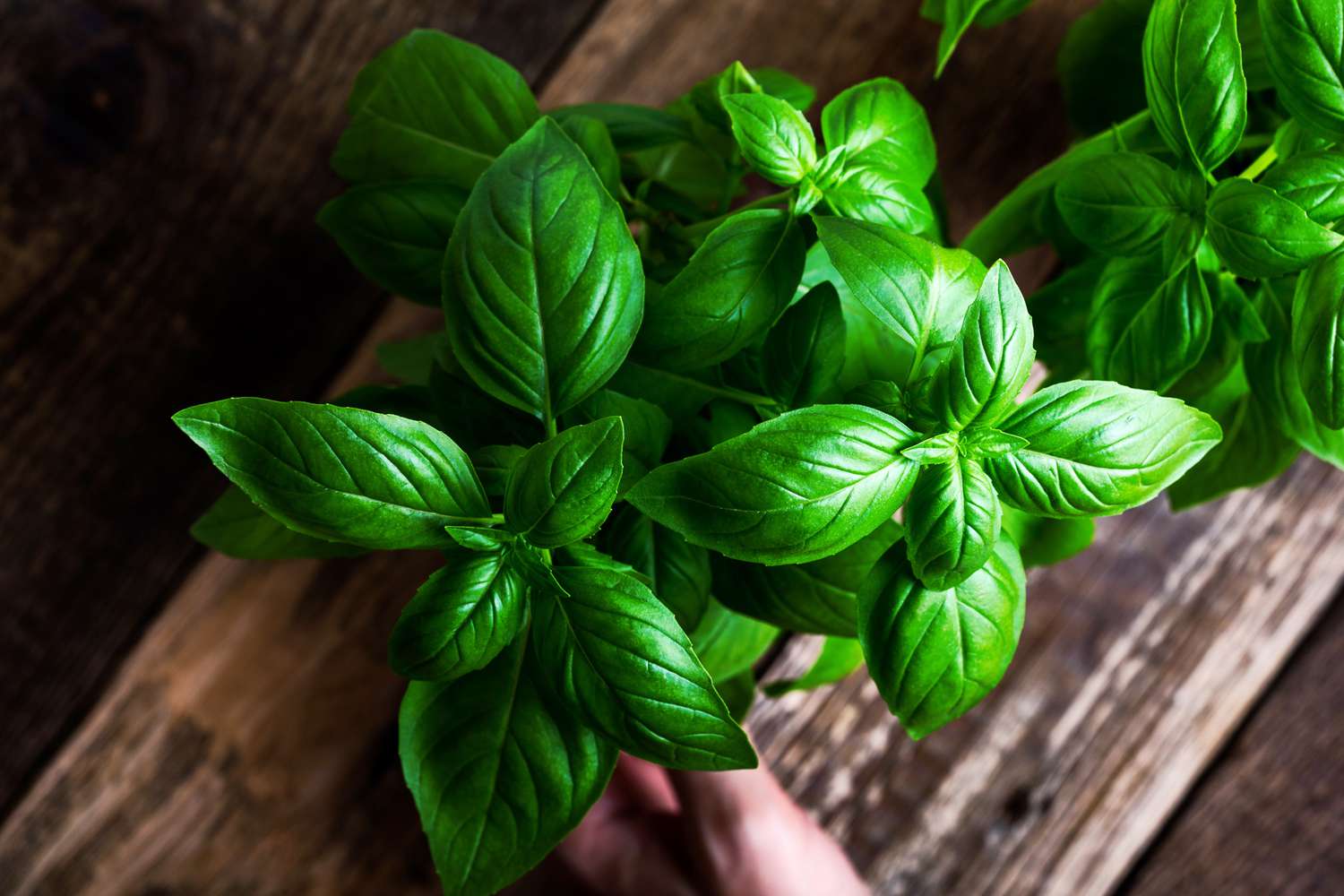
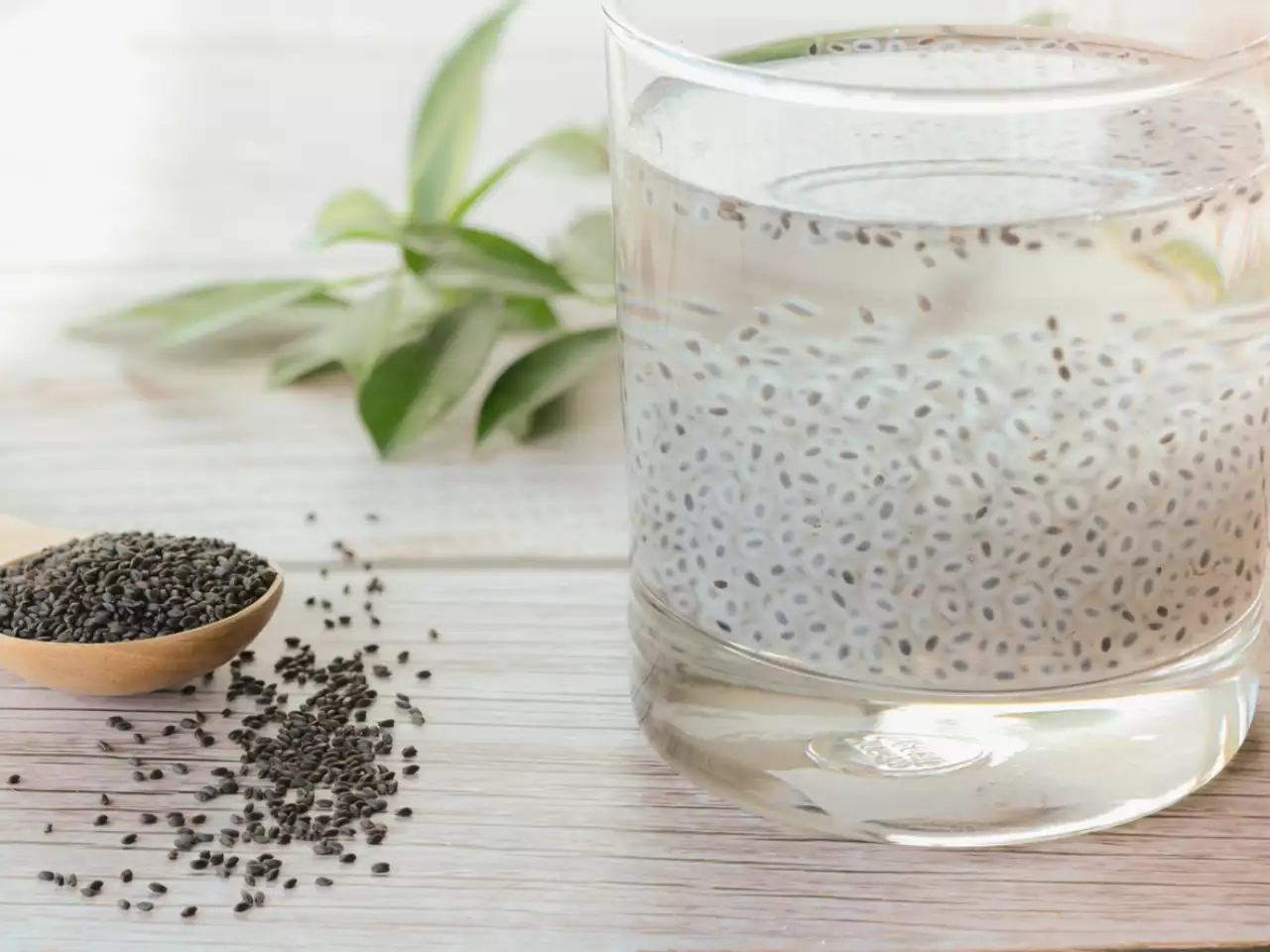
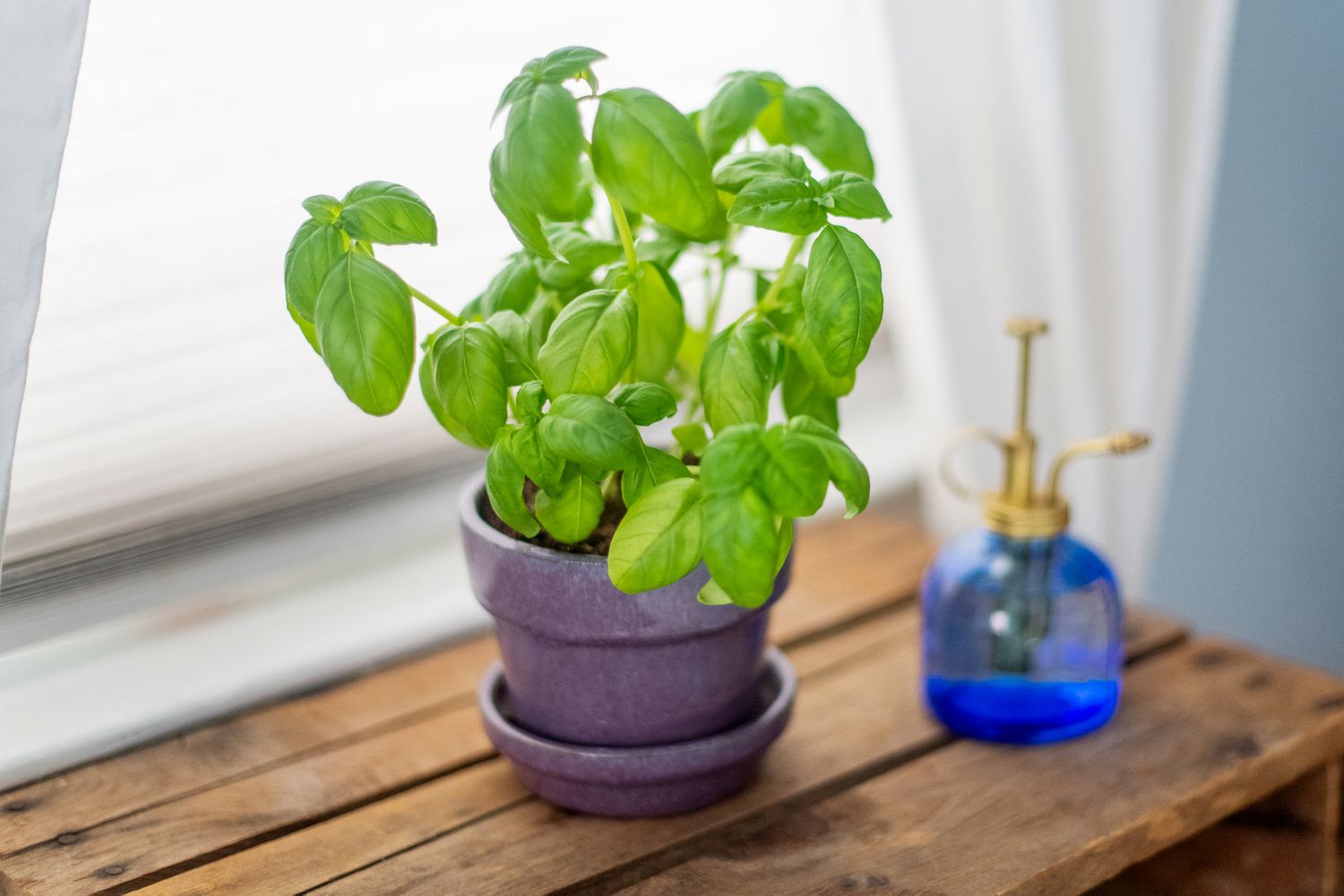


0 thoughts on “How To Plant Basil Seed”